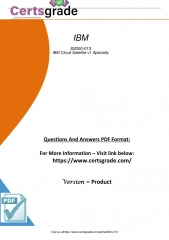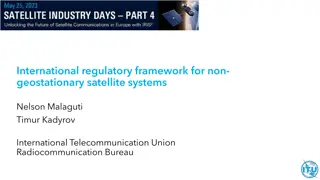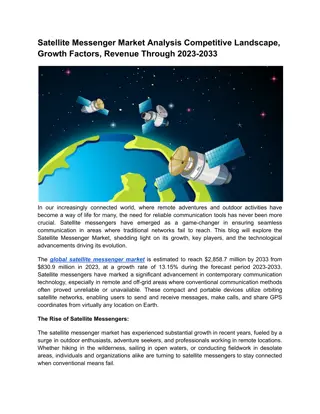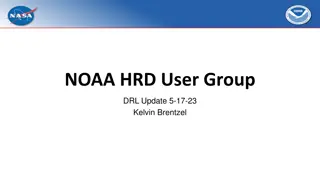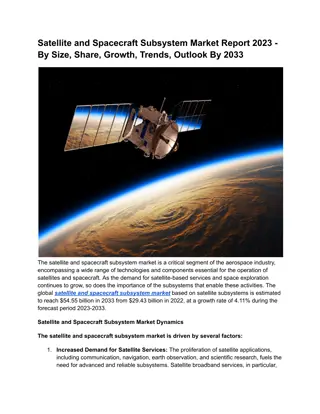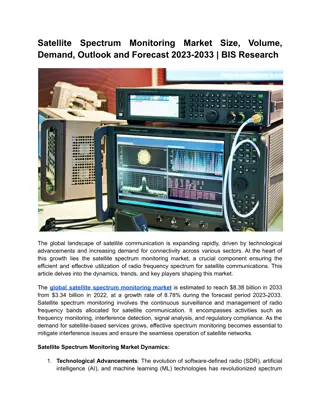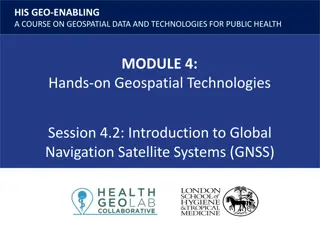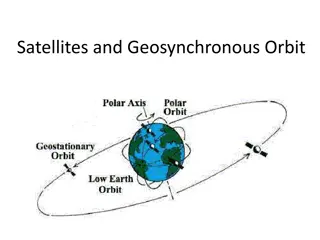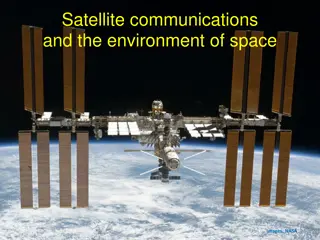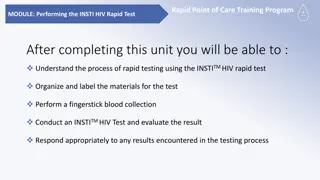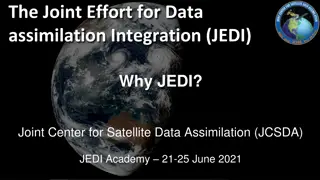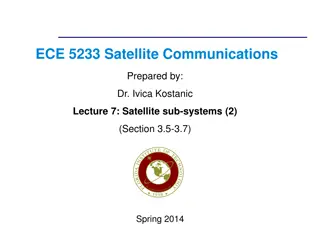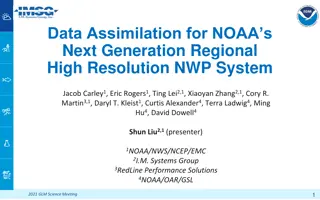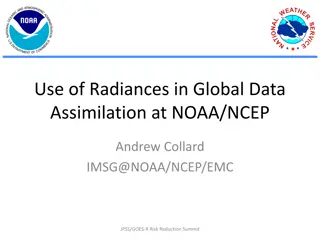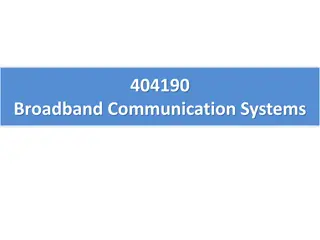Satellite Data Use at NOAA/ESRL for Rapid Analysis and Forecast Systems
This content discusses the utilization of satellite data at NOAA/ESRL for rapid analysis and forecast systems, focusing on various data products and decision-making processes for new data inclusion. It highlights the importance of testing, reliability, resources needed, ongoing/future needs, and communication strategies in enhancing satellite data usage. Key areas of interest include cloud-top pressure, soil moisture, snow cover, model assessment, and product error information.
Download Presentation

Please find below an Image/Link to download the presentation.
The content on the website is provided AS IS for your information and personal use only. It may not be sold, licensed, or shared on other websites without obtaining consent from the author.If you encounter any issues during the download, it is possible that the publisher has removed the file from their server.
You are allowed to download the files provided on this website for personal or commercial use, subject to the condition that they are used lawfully. All files are the property of their respective owners.
The content on the website is provided AS IS for your information and personal use only. It may not be sold, licensed, or shared on other websites without obtaining consent from the author.
E N D
Presentation Transcript
Satellite data use at NOAA/ESRL for Rapid Satellite data use at NOAA/ESRL for Rapid Refresh analysis and forecast systems Refresh analysis and forecast systems Experimental / future GLM lightning data Cloud-top cooling rate Polar orbiter cloud products AOD, Smoke Mask (NESDIS) Soil moisture Geostationary GOES cloud-top pressure AMVs (GOES16*) IMS snow cover product MRMS GLM CTL Polar Orbiters VIIRS Fire Radiative Power* VIIRS Green Vegetation Fractions IMS snow cover product 4-H FORECASTS OBS Amanda Back, CIRA NOAA/ESRL (amanda.back@noaa.gov)
Satellite data use at NOAA/ESRL for Rapid Satellite data use at NOAA/ESRL for Rapid Refresh analysis and forecast systems Refresh analysis and forecast systems Decision-making for new data inclusion Do we know that this product exists? Will the data be operationally available at low latency? Will use of the data increase computation time (e.g., expensive pre- processing)? Does evidence indicate its use will be impactful (e.g., inclusion in global model)? Do we have the resources to test the data, and, if applicable, develop algorithms? Do tests indicate the data ingest is beneficial (improved skill score; improved forecasts for stakeholders, such as aviation)? Are the data reliable?
Satellite data use at NOAA/ESRL for Rapid Satellite data use at NOAA/ESRL for Rapid Refresh analysis and forecast systems Refresh analysis and forecast systems Resources More people and computer time needed to thoroughly test products, even those that already exist/are known to us Good products come online but much work to leverage (bias/error, obs. operator/adjustment scheme, long testing time periods, ) Pipeline to operations Quality/bias correction Expensive to develop our own bias correction Error reporting (esp. retrievals) Reliability/QC Ongoing or future needs for satellite data use Communication Centralized location to share new products; not ad hoc Documentation for all products including error and methodology
Satellite data use at NOAA/ESRL for Rapid Satellite data use at NOAA/ESRL for Rapid Refresh analysis and forecast systems Refresh analysis and forecast systems Ongoing or future needs for satellite data use Land/sea surface Need high-res, real-time 1-km snow cover Fractional sea ice Higher-resolution green. fraction Model assessment Tools needed for global models especially Classification/ML for, e.g., stratiform vs. convective precipitation Product error information Info. in the vertical Many sat. products are 2D Model fields are 3D Cloud-top pressure (for ex.) 2D but gives useful height info Global, Convective-scale products RR-HI and RR-PR Global RR IOPs/field campaigns to validate satellite products?
Satellite data use at NOAA/ESRL for Rapid Satellite data use at NOAA/ESRL for Rapid Refresh analysis and forecast systems Refresh analysis and forecast systems More chances to learn about satellite data use for RR systems Tues, 1:15 pm: Smoke and Fire Panel (R. Ahmadov) Weds, 10:30 am: Clouds and Winds Panel (S. Weygandt) Weds, 4:45 pm, poster session: Use of satellite cloud product data for HRRR and RTMA cloud analysis (S. Weygandt) Assimilation of GOES-16 ABI, N20 CrIS-FSR/ATMS (including Direct Broadcast) in RAP version 5 (H. Lin) Assimilation of GOES-R GLM Lightning Data and Cloud-Top Cooling Information in HRRR (A. Back) https://rapidrefresh.noaa.gov



